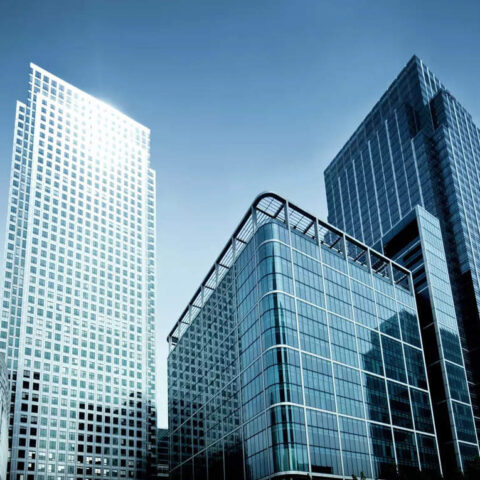This is an edition of The Source newsletter, AD PRO’s essential read for design industry professionals. Sign up here to get it delivered to your inbox.
AD100 interior designer Mark D. Sikes has his signatures—timeless blue-and-white palettes, natural fiber rugs, and of course, a classic stripe. But the well-established routines within his Los Angeles–based firm deserve just as much attention. On the cusp of the release of this third monograph with Rizzoli, the interior designer shares an inside look at the well-oiled machine that powers the world of Mark D. Sikes—design studio, fashion label, product lines, and books included. Consider it your manual to success.
Mel Studach: Your third book, Forever Beautiful, is now available for pre-order. When comparing it to your first two, how have you seen your work evolve?
Mark D. Sikes: Lots of the things from the very beginning have been consistent. I’ve lived in different places, and that’s reflected in our work across the board. I grew up in the Midwest, and I think [the region] really understands what a home feels like—the sense of feeling welcome, comfortable, at ease. Then I lived in the South, where there is more of a concentration on the interiors themselves, on traditions, entertaining, gardening. The finer aspects of living. Now, having been in California for 25 years, there’s this ease of indoor-outdoor living and a little bit of the bohemian. You combine all of those experiences, and I think that really defines our work, within the nutshell of being timeless, classic, and all-American beautiful. Over the years, there’s more of an artisanal and customization aspect to our work that you’ll see in this book. Each project tells the story of the house and the client’s individual identity and authenticity.
Take me back to those early days when you founded the firm in 2011.
I started the business kind of accidentally. It was never really a plan. I started out in stores for Banana Republic, which back in ’90s and early 2000s was the heyday and growth of the brand. It defined the all-American, approachable style. I started when the brand had 50 stores, and I was there as it grew to more than 800 and internationally, and I was part of that growth. When I left, I was overseeing a lot of creative aspects of the brand marketing, visual merchandising, store design, and working with the design teams in New York on storytelling. There was endless attention to training and developing creative people. I learned a lot about having a creative vision and being able to execute it, and how to lead big creative teams. Those systems have served us well in our interior design firm.
Can you share an example?
We have goals for the company, and then we have individual goals for each project. Our work is about 20% creative, 80% organization. Then on top of that, each project and client is different. We don’t change who we are or how we work, but we definitely have to modify the way we work according to how they want to communicate. What does that response rate look like? What does follow up look like? We have to figure out how to adapt to get to the ultimate goal because we hold them and their home in high regard.







